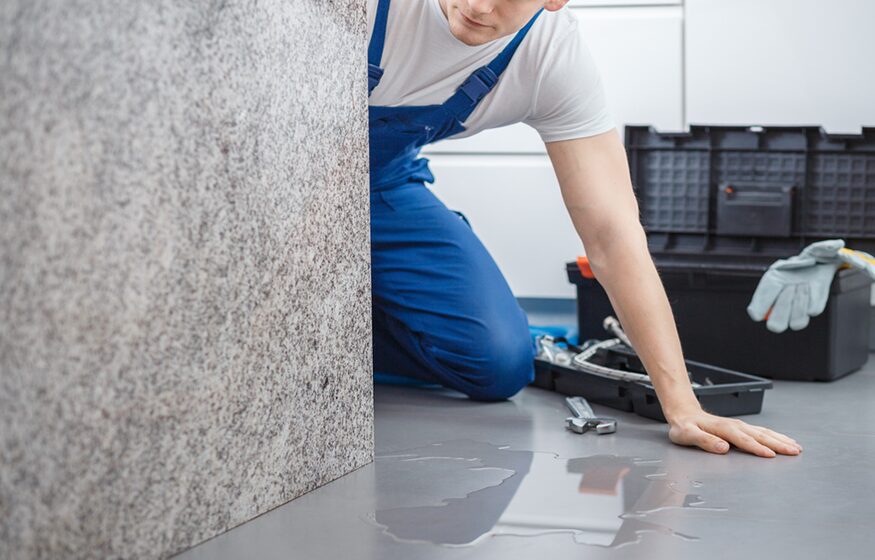Slab Leak: Causes And How To Repair Them

A homeowner’s nightmare, a slab leak, can cause substantial damage if left unchecked. These leaks occur in the water lines running below the concrete floor, often unnoticed until significant damage has already happened. Recognizing the causes and knowing how to address them can save homeowners from costly repairs and structural damages. Let’s delve into the world of slab leaks, understanding their origin and the most effective repair strategies.
Unmasking The Causes Behind Slab Leaks
The reasons behind slab leaks are manifold. Plumbing systems, though designed for durability, are susceptible to various external and internal factors.
One of the predominant causes is the ground’s shifting nature. Homes built on soil that expands and contracts can exert pressure on water lines, leading to cracks or breaks. Over time, even the most minor of shifts can cause a water line to rupture.
Corrosion is another sneaky culprit, especially in areas with a high mineral content in the water. Pipes, especially those made of copper or galvanized steel, can corrode from the outside due to soil conditions or from the inside because of water quality. As corrosion sets in, the pipes weaken and become prone to leaks.
Another factor is the quality of the initial installation. If the plumbing was not installed correctly or was damaged during the construction process, it could result in a slab leak down the line.
Detecting A Slab Leak Before It’s Too Late
Early detection is the key to preventing extensive damage. Some tell-tale signs include:
- A sudden spike in water bills
- The sound of running water even when all taps are off
- Moisture or mildew under carpets
- Warm spots on the floor, indicative of a hot water line leak
- Cracks in walls or floors
These signs should never be ignored. Immediate attention can save homeowners from hefty repair costs and prevent potential structural damages.
Approaching Slab Leak Repairs
Addressing slab leaks requires precision, expertise, and a thorough understanding of the plumbing system. There are several repair methods available, but the choice often depends on the leak’s severity, location, and the home’s specific conditions.
One common approach is spot repair. This method involves opening up the slab at the leak’s location and repairing the damaged pipe. It’s most effective when the leak’s source is easily accessible and the rest of the plumbing is in good condition.
In cases where pipes are old or have multiple leaks, a complete repipe or reroute might be the best solution. While this is more extensive and costly, it ensures that the new pipes, made with modern materials, are less prone to future leaks.
Another innovative solution is pipe coating. If the pipes are inaccessible but not heavily damaged, an epoxy pipe coating can be used. This involves coating the inside of the pipes with an epoxy sealant, which seals any leaks and provides a protective layer against future damage.
Preventing Future Slab Leaks
While it’s essential to address current leaks, homeowners should also take preventive measures. Regular plumbing inspections can detect potential issues before they escalate. It’s also a good idea to monitor water bills and water meter readings regularly. Any discrepancies can be early indicators of a leak. If your home is situated in an area with shifting soil, consider soil treatments or adjustments to reduce the strain on your plumbing.
A slab leak, while daunting, is not insurmountable. With an understanding of its causes and the right repair techniques, homeowners can address the issue efficiently. The key lies in early detection and seeking professional plumbing help. Regular monitoring and maintenance can also go a long way in preventing future leaks, ensuring the longevity of your home’s foundation and your peace of mind.
